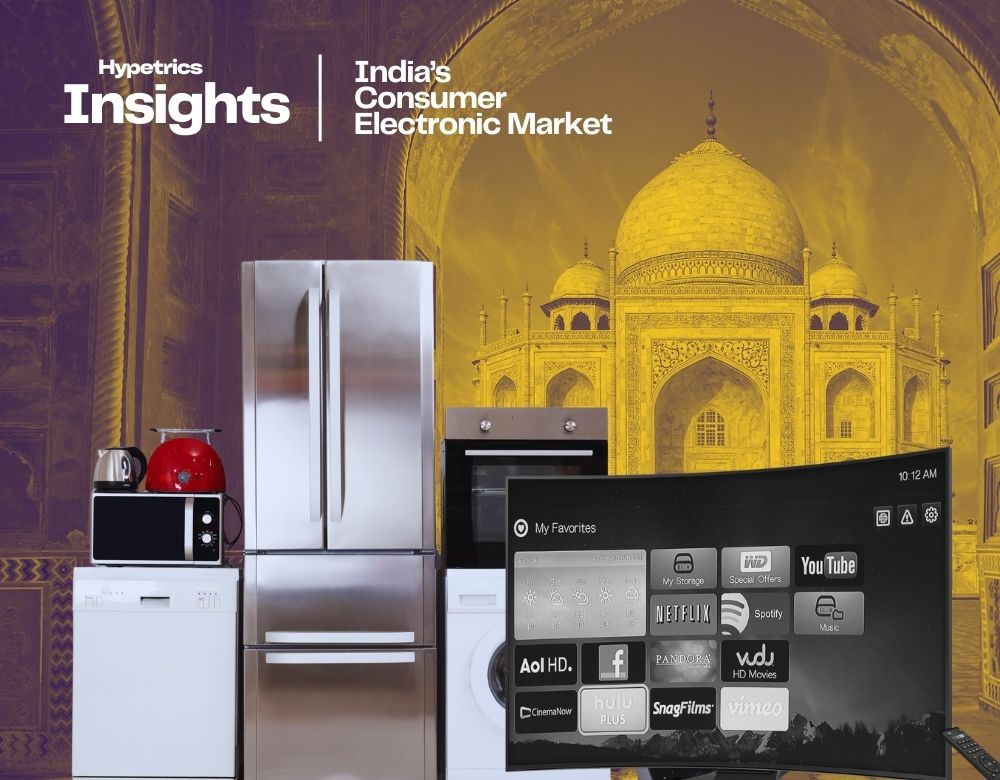In a significant shift for India’s quick commerce ecosystem, Blinkit will transition to an inventory-led model starting September 1, moving away from its current third-party seller marketplace structure. The change comes in response to the government’s Inventory Ownership and Control Clause (IOCC) under the Open Network for Digital Commerce (ONDC), which restricts platforms from controlling third-party seller inventory.
Under the new model, Blinkit will directly purchase, store, and manage its own inventory giving the company tighter control over supply chain operations, pricing, and delivery timelines. Seller partners have been notified to either transition into a vendor model or exit the platform altogether.
The move marks a strategic repositioning of Blinkit from an enabler platform to a full-stack retail operator.
A Model Shift That Aligns with Zepto’s Playbook
Blinkit’s new operating model mirrors that of Zepto, one of its primary competitors in the quick commerce space. Zepto has scaled its business by tightly managing inventory and fulfillment through dark stores and dedicated micro-warehousing.
While Blinkit previously operated via seller integrations that allowed partners to manage their own stock and pricing, the transition to inventory ownership will allow for better consistency, higher fill rates, and stronger margin control key advantages in the unit economics-driven environment quick commerce now demands.
The model offers higher operational leverage but also increases Blinkit’s exposure to inventory risk and capital intensity.
A Policy Nudge Meets Strategic Execution
The decision to shift models stems from regulatory compliance. Under the ONDC’s IOCC framework, platforms cannot exercise control over inventory that belongs to third-party sellers. This regulatory directive forced Blinkit to choose between decentralising control or centralising ownership.
By opting to bring inventory in-house, Blinkit retains control over customer experience, pricing, and speed key levers in the hypercompetitive quick commerce segment. Rather than dilute operational quality, the company is betting on full-stack execution.
Seller Implications and Friction Ahead
The transition introduces a structural change for Blinkit’s existing seller base. Third-party sellers who once managed their own inventory will now have to operate as vendors, supplying stock directly to Blinkit with fixed terms.
While this will streamline inventory across Blinkit’s fulfillment network, it may also lead to friction especially among sellers who lack the resources to meet platform-defined procurement and compliance requirements.
How Blinkit manages this transition will determine its ability to maintain product diversity while gaining operational control.
From Enabler to Operator: A Full-Stack Commerce Bet
The inventory-led approach places Blinkit closer to the operational strategy of traditional retailers. It allows the company to own more parts of the value chain purchasing, warehousing, fulfillment, and pricing giving it better leverage in driving profitability and consumer loyalty.
The cost of this strategy lies in higher working capital requirements and increased backend complexity. But in an industry where service levels and speed are tightly correlated with retention, this deeper integration could give Blinkit long-term resilience.
It also aligns with Zomato’s broader strategy to unify logistics infrastructure across food delivery and essentials, turning Blinkit into a more controllable and defensible growth engine.
The Broader Context: Q-Commerce Enters Maturity
India’s quick commerce sector is evolving rapidly. What began as an ultra-fast delivery convenience category is now transitioning into an infrastructure-heavy, operationally intense business model.
Players like Blinkit, Zepto, Swiggy Instamart, and BigBasket Daily are all moving toward backend control—recognising that logistics, inventory, and pricing must be owned, not outsourced, to achieve meaningful margins.
Blinkit’s decision to move away from its platform origins reflects this maturity. The September 1 shift represents a deeper play: the belief that speed and consistency can only be achieved through ownership.
Blinkit’s transition to an inventory-led model isn’t just about policy it’s about control. As quick commerce moves from a growth story to an operationally efficient, margin-first category, inventory ownership could become the new default.
The coming months will test Blinkit’s ability to balance product availability, margin pressure, and vendor relationships. But if executed well, the model could sharpen Blinkit’s position in a segment where speed, trust, and control are inseparable.













